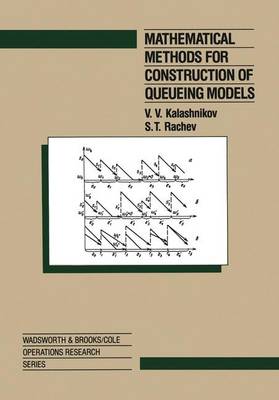to the English edition Many processes that describe the operation of engineering, economic, organiza tional, and other systems are represented as sequences of operations performed on material, information, or other types of flows. Typical examples are processes of connection of telephone users, data transmission and processing, calculation at multi user computer centers, and queueing at service centers. The models studied by the theory of service systems, or queueing theory, are used to describe such processes. The more pessimistic term "queueing theory" is used more often in the non-Soviet literature. Random arrivals (requests for service), probability distributions defining queueing processes (distributions of service times and acceptable waiting times), and structure parameters (customer priorities, parameters that delimit acceptable queues, parameters that define paths of customers, etc.) are characteristic com ponents of queueing models. Typical output characteristics of queueing models are the probability distributions of queue lengths, waiting times, lengths of busy periods, and so forth."
- ISBN10 0534132545
- ISBN13 9780534132545
- Publish Date July 1990
- Publish Status Active
- Publish Country NL
- Publisher Springer
- Imprint Kluwer Academic Publishers
- Format Hardcover
- Pages 310
- Language English
